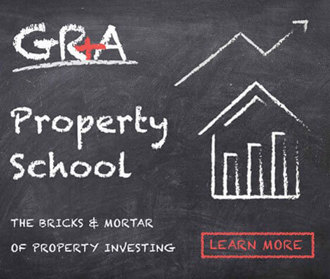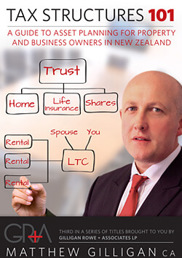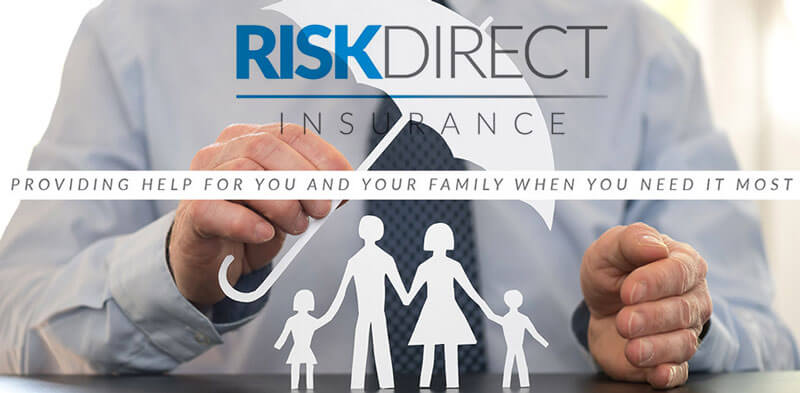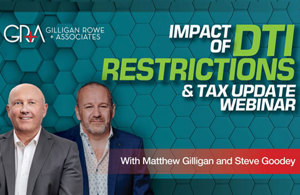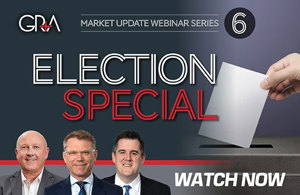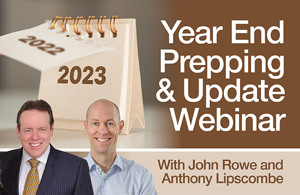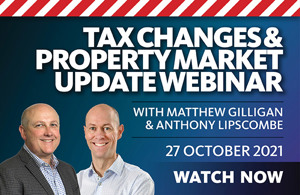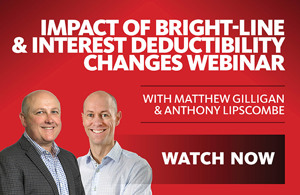
One of the confusing things I speak to clients about is the types of tax they have to pay that are related to their income:
•Income tax
•Residual tax
•Provisional tax
•Terminal tax
It can be hard to get your head around what each type of tax is and when it’s due, as there seem to be so many that fall under the umbrella of ‘income tax’.
In this blog you will find an explanation on each type of tax, and a worked example.
Income Tax
The term income tax refers to a type of tax that the government imposes on income generated by business and individuals within its jurisdictions. The Tax Administration Tax Act 1994 requires that some individual taxpayers and all businesses must file an income tax return annually to determine their tax obligations.
The Inland Revenue Department, on behalf of the government, collect this tax. The tax collected is the government’s income and they determine how it is spent – usually on health, education, roads etc for the benefit of the country.
Taxable Income - Individuals
At the end of the tax year the IRD works out if you’ve paid the right amount of tax. They either automatically assess you, or you need to file a IR3 return (usually for those individuals who earn income that is not salary or wages).
Income tax is taxed differently depending on where it comes from. As an individual, for example, you can earn income from the following, some of which are taxed at source.
- Salary and wages
- Schedular income (payments made to some contractors that are not salary or wages)
- Shareholder’s salary
- Business income (profit from being a sole trader)
- Government assistance, such as benefits, NZ superannuation and student allowances
- Overseas income
- Foreign superannuation
- Interest
- Dividends
As an individual you can also claim deductions, such as:
- Accountant’s fee for preparing your tax return
- Income protection insurance
The balance, i.e. income less deductions, is your taxable income.
Taxable Income - Businesses
Business income can cover anything from selling goods online to investing overseas to running a large company. Businesses can claim deductions, so long as they have a nexus to their income-producing activity. The tax on businesses is very complex, and is governed by the New Zealand Income Tax Act 2007.
As per individuals, the balance, i.e. income less deductions, is the taxable income
Residual Tax
Residual income tax (RIT) is the amount of income tax payable by a taxpayer after deducting tax credits (PAYE etc) but before deducting any provisional tax paid.
Provisional Tax
Provisional tax is paid in instalments. Being a provisional taxpayer means that instead of paying your tax in a lump sum at the end of the tax year (e.g. because you earn income from your own business or from rent), you prepay your tax in instalments during the year.
You'll have to pay provisional tax if your residual income tax at the end of the year is over $5,000 more compared to your last return. The provisional tax would be the RIT uplifted by 5% compared to your last return (2021 in the example below), or 10% from the year before (which would be 2020 in our example).
For a taxpayer who is in the provisional tax regime, you would make payments as follows.
2021 RIT = $32,665, so provisional tax for 2022 is $32,665 plus 5% = $34,298
Tax return balance date is 31 March 2021; therefore you pay provisional tax for the 2022 financial year.
1st Provisional tax payment: 28 August 2021 of $11,432.66
2nd Provisional tax payment: 15 January 2022 of $11,432.67
3rd Provisional tax payment: 7 May 2022 of $11,432.67
Terminal Tax
Terminal tax is the wash-up tax, based on the tax return detailing the final profit for the year just been. It’s your total tax to pay less tax paid at source, less provisional tax, i.e. remaining 2021 tax to pay. Terminal tax for 2021 is due on 7 April 2022 if you have a tax agent (as you get an extension of time). If you don’t have a tax agent, terminal tax would have been due 7 July 2021.
Worked Example
If you have queries related to income tax, contact your GRA Client Services Manager. Or if you are not already a client, we would be pleased to discuss how we can help you. Phone us on 09 522 7955, email [email protected] or fill out our online form.
Comments
Testimonials
Excellent accounting firm. Top of the game in NZ especially for Family Trusts and anything to do with Property. They generously donate presents to children's charities at Christmas. You don't go here for cheap stock accounting advice, you go here for the kind of advice that sets you up long term. - David Cranwell - February 2016
Property 101by Matthew Gilligan
Investing in residential property?
Put this at the top of your reading list.
If you're investing in residential property, seeking to maximise your ability to succeed and minimise risk, then this is a 'must read'.
Matthew Gilligan provides a fresh look at residential property investment from an experienced investor’s viewpoint. Written in easy to understand language and including many case studies, Matthew explains the ins and outs of successful property investment.
- How to find the right property
- How to negotiate successfully
- Renovation do's & don'ts
- Property management
- Case studies and examples
- and much, much more...


